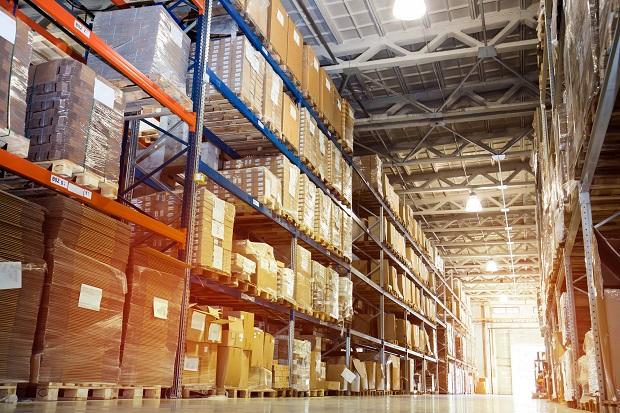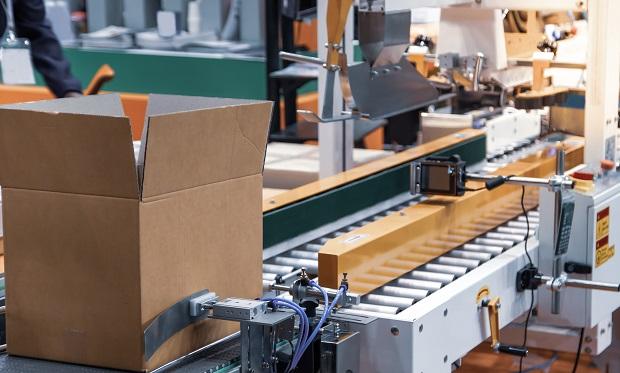For manufacturers, warehouse efficiency is essential as it directly affects their bottom line. It means storing more products without increasing warehouse space. Orders are shipped faster, thus increasing customer satisfaction.
 However, as years pass, warehouse equipment isn’t as functional as before. For instance, forklifts may be slow and obsolete, or the conveyor belts malfunction. If left unaddressed, workers may get into accidents due to faulty machinery. This can be costly, especially if an employee dies or files a lawsuit.
However, as years pass, warehouse equipment isn’t as functional as before. For instance, forklifts may be slow and obsolete, or the conveyor belts malfunction. If left unaddressed, workers may get into accidents due to faulty machinery. This can be costly, especially if an employee dies or files a lawsuit.
 As such, improving warehouse equipment is a must. It includes considering advanced technologies in the industry that will ensure better efficiency and safety for warehouse employees.
As such, improving warehouse equipment is a must. It includes considering advanced technologies in the industry that will ensure better efficiency and safety for warehouse employees.
Improving your warehouse equipment can reduce the chances of accidents at work while getting the best out of your investment. This article lists some ways for you to do so.
Check Warehouse Redundancies
Before you start buying new equipment, reviewing redundancies is essential. Common bottlenecks include inefficient design warehouse layout, inventory mismanagement, or poor forklift capacity. These can slow operations, leading to longer lead times and delivery delays.
By identifying these issues, you can avoid them when looking for new equipment. For example, your current warehouse layout has too many storage locations or requires much walking between different areas. If so, then it may be time to re-evaluate your design.
Similarly, if there’s not enough space for containers or pallets, you may need to purchase additional shelving or racks. Consequently, each section has adequate room for containers and pallets. This allows you to manage inventory more efficiently and cut down on transportation costs. This is because fewer trips are made between locations within the warehouse.
Utilise Vertical Reciprocating Conveyor For Efficient Handling
Once you figure out all the redundancies in your warehouse, it’s time to look for new equipment. This may include a vertical reciprocating conveyor for improved efficiency in moving materials between levels. In addition, this machinery has lower installation costs, helping you save on costs.
This equipment is more compelling because it’s a safer alternative to forklifts. It has more robust structural support and a higher capacity to lift cargo without causing operator error. In other words, workers won’t be prone to falling incidents as they load and unload material since they won’t fall over.
Wear protective gear when you use this equipment, and check if any lost objects are hanging from a worker. Most importantly, you should be wary when you place your hands on the vertical reciprocating conveyor. If not careful enough, this results in broken fingers. So, always exercise caution when using such machinery at the workplace.
Use Barcode Scanners To Track Inventory
Inventory monitoring is essential in warehouses; it means keeping track of the inventory and its location. Without it, knowing how much stock you have and when a raw material needs reordering is challenging. If this frequently happens, it results in lost sales and lower profits.
As such, you may want to consider using barcode scanners to improve warehouse efficiency. These handheld devices scan product barcodes and transfer the data into the computer system. For instance, using a handheld scanner means you don’t need a worker to count products for every order manually. This saves time and eliminates error, helping reduce wastage and improve productivity.
Leverage Radio Frequency Identification (RFID) Tags For Faster Product Verification
When consumers order products from your business, they expect you to deliver the correct items. Regardless of the number of goods they purchase, they’re entitled to receive the right products. If you fail to do that, they’re likely to return the items, which means lost revenue for your company. In addition, they may not ever consider ordering from your store due to a negative experience.
Fortunately, you can avoid this problem with the help of RFID tags. This technology uses radio waves to identify a product’s location and provides real-time updates about its condition. When used with inventory management software, this smart tagging tech verifies product authenticity and ensures customers receive correct orders every time. In short, there are fewer item returns, thus keeping clients happy and loyal to your company.
Integrate A Voice-Activated Picking System
The picking process can sometimes be a tedious, time-consuming task. This happens because employees must search through shelves of inventory to find the right product. This creates unnecessary delays within the warehouse and affects productivity.
Voice-activated picking systems can eliminate this problem by allowing employees to identify the correct products. They do this by speaking to their co-workers on a microphone or headset. Then, the system scans the database and finds all related products that match what was said. This lets employees quickly locate what they are looking for without wasting time searching through shelves.
Upgrade To Vertical Storage Racks
Storage racks are essential, as they store your goods in a more organized manner. Aside from that, they provide you with more space and prevent any damage to your products.
Many types of storage racks are available in the market, but one of the most popular ones is the vertical storage rack. The primary purpose of this equipment is to utilise the vertical space of your shelves. In other words, you’ll have a more expansive horizontal space for your staff to walk on or operate revenue-generating activities. Additionally, this is helpful for inventory management as it improves accuracy in stock rotation.
Invest In Stretch Wrap Machines For Packaging
As you already know, another vital factor in your warehouse is the packaging. It ensures that your products are safe while in transit, which protects their integrity before arriving to the consumers.
So, it’s good to consider stretch wrap machines. This automatic equipment wraps bulky products with an accurate stretch while doing it faster. This means that it can save on labour costs and errors.
Conclusion
Ultimately, warehousing requires the use of modern technologies. These advanced inventions can eliminate process errors, such as storing, packaging, picking, and handling. By investing in them, you boost your chances of gaining a competitive edge. This, over time, translates into a higher return on investment and broader market share.
Some equipment that can help your warehouse includes a vertical reciprocating conveyor, barcode scanners, and RFID tags. Adding voice-generated picking systems, vertical storage racks, and automated stretch wrap machines is also advantageous. They all make processes efficient while lowering costs and helping your warehouse business become safer.




Comments are closed.